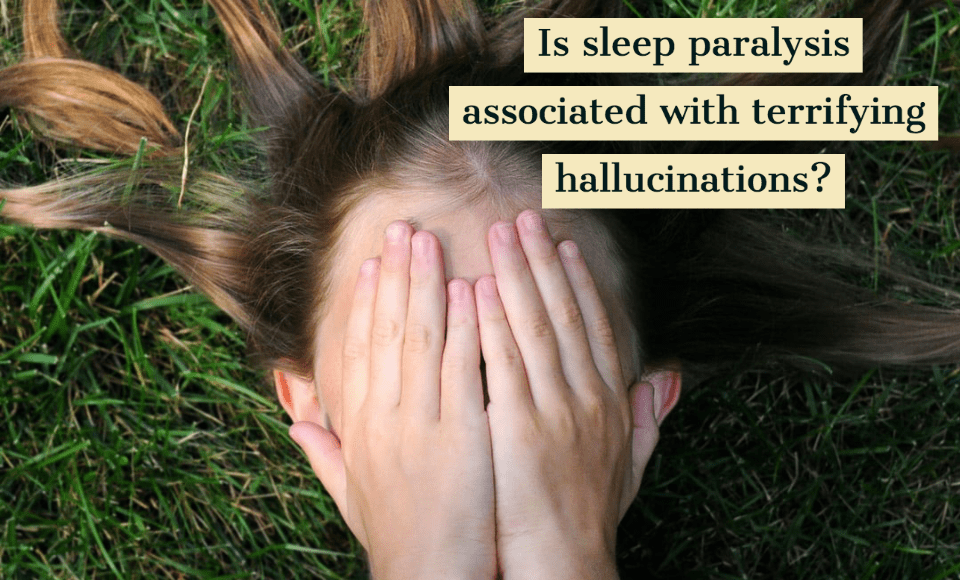Sleep paralysis, according to experts at Stanford University, is a sleep disorder in which sleepers cannot perform voluntary movements upon the onset of sleep or upon the awakening from sleep. Fortunately, this troublesome ordeal is not harmful in of itself; sleep paralysis, however, has been correlated to narcolepsy, a sleep disorder where one naps uncontrollably throughout the day. What has made a stronger impression, however, on the sufferers of sleep paralysis throughout all of history is its association with nightmare-like, hallucinatory presences, which tend to appear as malevolent figures that inspire deep fear in those that see them.
Common visual hallucinations associated with sleep depression include those of “shadow people,” goblin-like demons, and terrifying faceless girls. Auditory hallucinations are also possible; these auditory hallucinations tend to involve threatening or otherwise terrifying remarks by the hallucinatory presences. While not all hallucinatory presences are overpowering or terrifying, they very commonly are. Sleep paralysis and the associated hallucinations, however, can be scientifically explained by untimely awakenings from REM sleep.
Still, history seems to suggest that these visual and auditory hallucinations have such an overbearing effect on the sufferers, that even artists and writers have had no choice but to depict these hallucinatory presences as malevolent spirits and demons in their works. Henry Fuseli, for example, depicted an evil demon sitting on a sleeping woman in one of his most famous painting, The Nightmare. Many experts postulate that the association of evil demons with sleep paralysis has been one of the driving forces for the universality of the concept of evil spirits and demons among human cultures.
Many hallucinate that an evil figure, who seemed like a person cloaked in shadows (a “shadow person”), would open the bedroom door, walk ominously to walk over, and commence to choke them with his bare hands as they experience an otherworldly sensation that they are floating in the air above the bed and unable to move or fight back. He may also make very ominous comments in the hallucinations; he would say things like “Your time is up.” Needless to say, this pseudo-paranormal occurrence will be terrifying at first. Some come to the point where they become scared to even sleep anymore. These hallucinations convinced many of the existence of malevolent, supernatural spirits. Many have discovered that sleeping more and not sleeping on their back can prevent the occurrence of sleep paralysis and thus these terrifying, nightmare-like hallucinations.
In conclusion, sleep paralysis is a sleep disorder that can be associated with nightmare-like visual and auditory hallucinations. These hallucinations may very well be one strong reason for why all cultures have developed the concept of evil spirits and demons at one point or another. Unfortunately, many people with sleep paralysis do not know anything about the sleep disorder and thus assume that the terrifying hallucinations that they experience are in fact indicative of the real presence of an evil spirit. Recent research behind the disorder can show how these hallucinations, as real and scary as they seem, do not provide any evidence for the existence of the evil spirits or demon activity.
Sources:
http://www.stanford.edu/~dement/paralysis.html
http://www.sleepdisordersguide.com/sleep-paralysis.html
http://www.guardian.co.uk/science/2009/oct/02/sleep-paralysis
http://mysteriousuniverse.org/2012/03/the-lurking-shadow-people/
http://www.webmd.com/sleep-disorders/features/sleep-paralysis-demon-in-the-bedroom

